The Disconnect
When the new[ish] Chevrolet Tahoe SUV was released, reporters asked GM Car Czar Bob Lutz whether rising gas prices would discourage SUV buyers from jumping into The General’s gas-guzzling truck. ”Rich people don’t care about gas prices,” Lutz remarked. Yes well, it’s time for Maximum Bob to take a class in Remedial Marketing. It’s a five minute course that starts with the Bell Curve.
Place potential car buyers along an axis showing unit price and you’ll get a big Bell Curve shaped hump in the middle. If you want to be the world’s largest manufacturer of automobiles– defined as the company that sells the largest number of cars per year– it really doesn’t matter what rich people think. There’s no way they can generate enough profits to make your nut. You have to play the law of averages.
The Big Three fell off the curve at the end of the ’80’s when they began chasing [imagined] high-margin niches filled with wealthy people. The more high-priced, high margin trucks and SUV’s GM, Ford and Chrysler sold, the less they cared about the millions of financially challenged customers who helped create their companies.
In this they were not alone. Even VW (Peoples’ Wagon!) neglected smaller cars in favor of big and expensive platforms. VW quality nosedived as the smart eggs within their organization set about building Phaetons, Touaregs and a limited edition ultracar, the Bugatti Veyron. Today they’re all fighting to claw their way back to the mean– before it’s too late.
Probably suspecting a trick (you’re ceding us the mass market?), Toyota and Honda took a good close look at the Car Customer Bell Curve and arrived at a very different conclusion. They asked: ”What if we offer affordable cars to the people right smack in the middle of the graph? A car range with just a touch better features, quality and service than similar servings from the domestics?” Rocket science!
We’re looking at two strategies here. Toyota: build affordable transportation for the masses at a quality level that slightly exceeds expectations relative to price. GM et al: build oversized, under-engineered and fuel inefficient cars for people who don’t care about money while palming off sub-standard cars on mainstream customers. Is it any wonder that the truck-crazed domestic manufacturers lost mission critical market share to the transplants? Lutz and his cohorts failed to recognize that the vast majority of potential customers were simply looking for affordable quality transportation.
Having taken their eyes off the chart, The Big Two Point Five are now paying the price. While they sent their best resources into an imagined land of promised gold, the transplants stuck to looking squarely at the needs of mainstream of car buyers. This focus also helped them gaze into the future. They asked themselves a question Detroit didn’t even consider: ”How do we keep our cars affordable as fuel costs and environmental pressures increase?”
Here’s Bob Lutz on the same topic back in 2003: ”It just doesn’t make environmental or economic sense to try to put an expensive dual-power train system into less expensive cars which already get good mileage.” Clearly, Maximum Bob’s take on good mileage is different from a Prius owner’s. Lutz belief that gas would go back under $2 a gallon certainly didn’t help his ability to gauge GM’s ”new” target market. And then GM was forced to cough up gas rebates for Lutz’ hulks, covering the spread in gas prices over $1.99 to the tune of $1000. These days, Bob’s a hybrid convert– who’s short on product.
To get back into the real game, the domestics will have to party back in The Land of Averages– provided they want to remain on the list of the world’s top five automobile manufacturers (the last time I looked it was still a priority). In this effort, there are no shortcuts.
In Ford’s case, success will require an immediate return to the reason behind Henry’s decision to create a Model-T assembly line: to build a ”reasonably priced, reliable and efficient car” that’s ”easy to operate, maintain and handle.” Hey; that sounds a lot like how people describe Toyota’s products today.
Mounting a convincing return to the essential mass market is going to be a lot harder than simply inventing imagined premium niches (I’m looking at you Chevrolet SSR). The domestics will have to make their cars both relevant and affordable in an age where everyone, including the supposedly oblivious rich, have woken up to the true cost of energy. An age where the competition is creative, well-funded and focused. But GM et al can only make a start if they stop applying yesterday’s problems to tomorrow’s solutions.
So, the lesson for today: you can’t please most of the people most of the time if you don’t even try.
Brand strategist and conceptualizer. Working with communicating premium brands for manufacturers around the world.
More by Stein X Leikanger
Latest Car Reviews
Read moreLatest Product Reviews
Read moreRecent Comments
- Probert They already have hybrids, but these won't ever be them as they are built on the modular E-GMP skateboard.
- Justin You guys still looking for that sportbak? I just saw one on the Facebook marketplace in Arizona
- 28-Cars-Later I cannot remember what happens now, but there are whiteblocks in this period which develop a "tick" like sound which indicates they are toast (maybe head gasket?). Ten or so years ago I looked at an '03 or '04 S60 (I forget why) and I brought my Volvo indy along to tell me if it was worth my time - it ticked and that's when I learned this. This XC90 is probably worth about $300 as it sits, not kidding, and it will cost you conservatively $2500 for an engine swap (all the ones I see on car-part.com have north of 130K miles starting at $1,100 and that's not including freight to a shop, shop labor, other internals to do such as timing belt while engine out etc).
- 28-Cars-Later Ford reported it lost $132,000 for each of its 10,000 electric vehicles sold in the first quarter of 2024, according to CNN. The sales were down 20 percent from the first quarter of 2023 and would “drag down earnings for the company overall.”The losses include “hundreds of millions being spent on research and development of the next generation of EVs for Ford. Those investments are years away from paying off.” [if they ever are recouped] Ford is the only major carmaker breaking out EV numbers by themselves. But other marques likely suffer similar losses. https://www.zerohedge.com/political/fords-120000-loss-vehicle-shows-california-ev-goals-are-impossible Given these facts, how did Tesla ever produce anything in volume let alone profit?
- AZFelix Let's forego all of this dilly-dallying with autonomous cars and cut right to the chase and the only real solution.



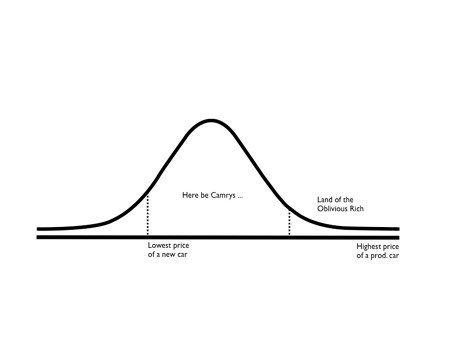
















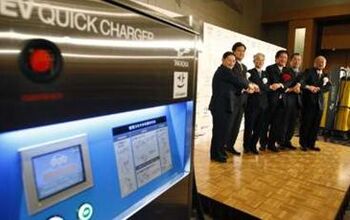


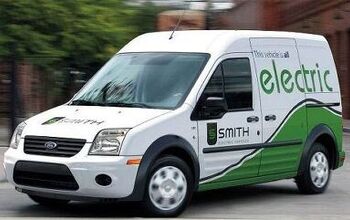

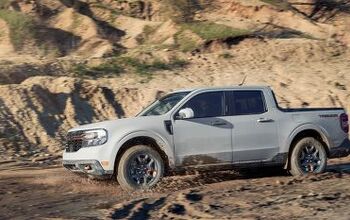
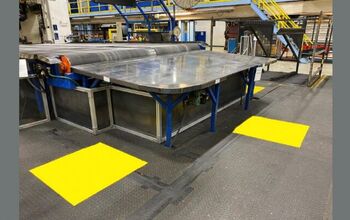

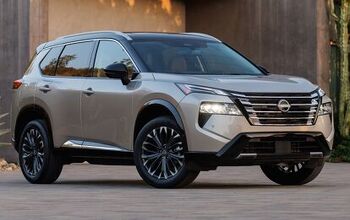
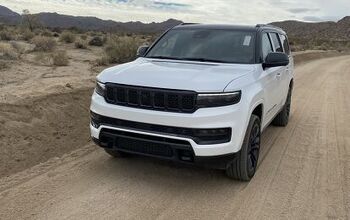

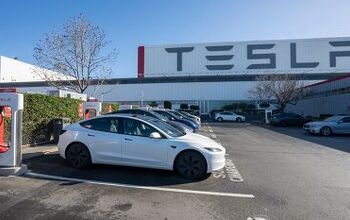
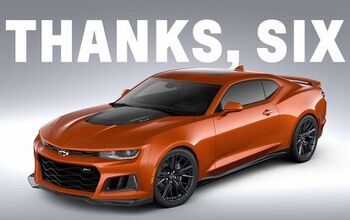

Comments
Join the conversation
Johnson - For 2006 at least, Toyota is spending more than GM on R & D, by about a Billion or so Based upon their annual reports from the last four years, GM and Toyota R&D spending has been very similar: Year - GM R&D (US$billion) - TMC R&D (US$billion) 2005 - $6.7 - $6.9 2004 - $6.5 - $7.0 2003 - $6.2 - $6.5 2002 - $5.8 - $5.6 Total - $25.2 - $26.0 The difference isn't so much in how much they each spent, but in how they spent it. Compare the number of nameplates produced by each automaker, and you can see that GM's spending per vehicle is substantially lower than is TMC's. That's one of the primary disadvantages of having so many badges and so many nameplates -- GM would have to double or triple its R&D budget to be on equal footing. Of course, the obvious alternative is to just kill off these excessive nameplates, which would stem the bleeding and leave more cash for some projects that might actually bring GM into the late 20th century, such as adding a fifth gear to an automatic transmission...
Pch101, agreed. Toyota has more money to spend per model than GM. And Toyota does not make several rebadges or versions of the same car. There are already 3 versions that GM has of it's full-size Lambda crossover, and rumours are that there will be a fourth Chevy version. It seems that GM still has not learned from past mistakes. Frankly, there is simply no need for the Outlook, Acadia, Enclave, *and* a Chevy version. This is too much overlap, redundancy, and wasted R & D. And again, it goes back to GM having too many brands. But as I said, it's torubling news for competitors to see that Toyota is spending about 8 Billion this year in R & D, as opposed to GM which is spending about 6.9 Billion. So now not only is Toyota spending more per vehicle, but it's spending more *overall* compared to GM. Until GM radically revamps itself, this gap will only grow larger.